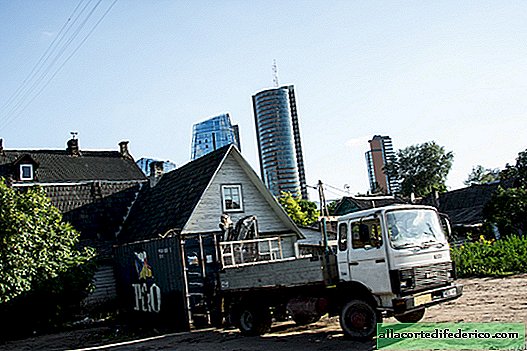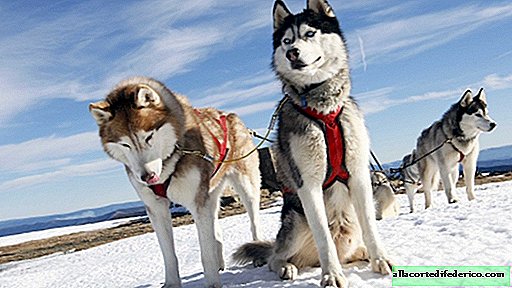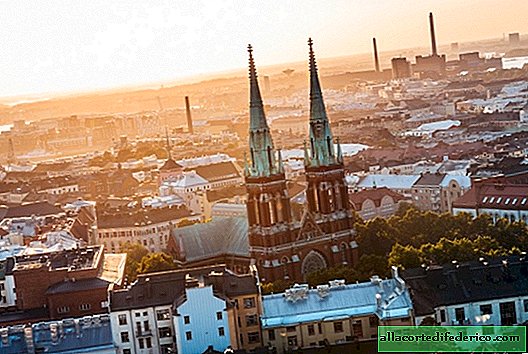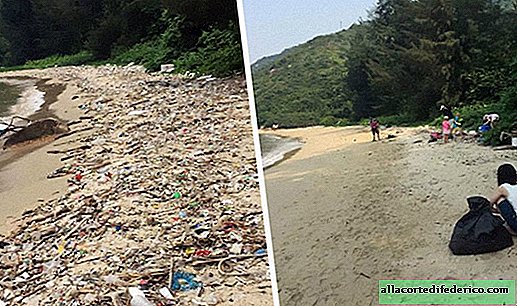Everything is not so clear: how global warming affects the forests of Europe and Russia
Today, no one denies the fact that global warming is having an increasing impact on the ecosystems of our planet. But not everything is so sad, because warming should have a beneficial effect on ecosystems of temperate and polar latitudes. Winters are getting shorter and warmer, the frost-free period is increasing, and forest ecosystems have more potential for active growth. But is the influence of warming so clear?

Russian scientists from Krasnoyarsk together with foreign colleagues conducted large-scale studies of Siberian forests, consisting mainly of larch. These are the most unpretentious conifers that are able to grow on sparse soils and at extremely low winter temperatures. At the same time, about 80% of Russia's larch forests grow in areas where permafrost is widespread.

Researchers managed to find out that the thawing of permafrost, which recedes under the influence of global warming, favorably affects the growth of larch forests. Thawing of the permafrost layer improves the access of the roots to the nutrients contained in the soil, primarily to the vital nitrogen, phosphorus and potassium. Improved nutrition, as well as an increase in the duration of vegetation contributes to more intensive growth of trees. As measurements showed, the growth of biomass during the warm period in forests growing on ordinary soils is up to 50 times higher than in forest ecosystems that are under permafrost.

At the same time, German scientists warn all optimists with their studies. Biologists from the Technical University of Munich found that global warming ultimately negatively affects the forests of the temperate zone. European researchers studying the forest ecosystems of Central Europe also found that, due to an increase in air temperature, the growth rates of beech and spruce increased significantly (up to 77% per year). But it turned out that the quality of wood has become worse, and its density has decreased by 8-12% over the past century. It turns out that the trees have become more fragile, and this affects the vitality of the trees themselves and the quality of the wood obtained from them. Scientists believe that this may be due not only to an increase in temperature and an increase in growth rates, but also to a deterioration in air quality that occurs due to human activities.








![Where does the real Zhdun live? [Verified personally]](https://img.allacortedifederico.com/img/travela-2019/gde-zhivet-nastoyashij-zhdun-[provereno-lichno].jpg)









